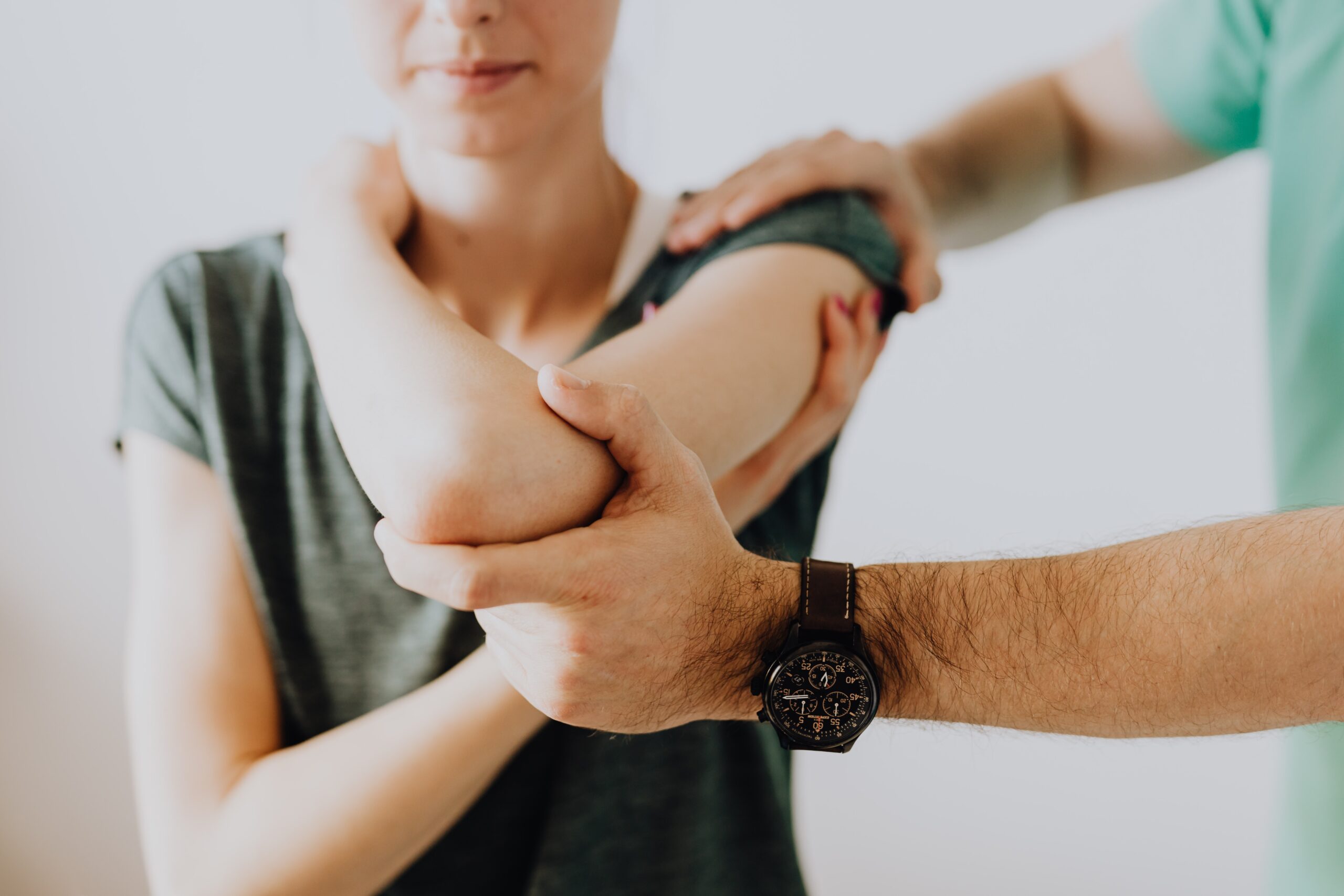How to define cracking joints?
Joint cracking is a frequent and benign phenomenon. They can occur spontaneously during a movement and concern all the joints: vertebrae, phalanges, knee, hip, etc.
These cracks are not a cause for concern and, contrary to some beliefs, they do not cause damage to the joints, even when they are voluntary (some people, for example, crack their fingers several times a day).
On the other hand, if the crackles are accompanied by pain, they can be the sign of a joint problem and should lead to consultation.
What causes cracking joints?
Several hypotheses have been put forward to explain the causes of these frequent joint cracking sounds.
It seems that they are mainly due to the pressure variation in the liquid surrounding the joints (synovial fluid), which causes the formation of gas bubbles (nitrogen). As they expand rapidly, these bubbles make a characteristic “crackling” sound.
These sounds are therefore harmless, unless they are accompanied by pain or swelling reflecting joint inflammation.
In this case, there may be an abnormality in the joint, such as the presence of a loose piece of cartilage or a damaged ligament.
Some people with osteoarthritis, bursitis, or tendonitis notice unusual cracking sounds that are likely related to inflammation of the joint.
If the crack appears after a trauma, it is preferable to consult: it can reflect a lesion of the joint and it will be necessary to undergo a precise clinical examination.
What are the consequences of cracking joints?
Contrary to popular belief, cracking joints on purpose does not increase the risk of osteoarthritis or damage them.
You can therefore crack your phalanges or stretch your vertebrae without fear.
What are the solutions in case of cracking joints?
As we have seen, joint cracking is benign and inconsequential, unless it is accompanied by pain.
In this case, it is necessary to consult to make sure that the joint is not damaged. In case of osteoarthritis, analgesic treatments such as paracetamol (acetaminophen) are offered first.
Between attacks, it is important not to remain still and to continue to practice regular physical activity, to maintain the strength and mobility of the joint.
Background treatments can also relieve some people with osteoarthritis, although their effectiveness has not been clearly demonstrated.
Osteopathy or physiotherapy sessions can “correct” or relieve certain joint disorders, if necessary.

